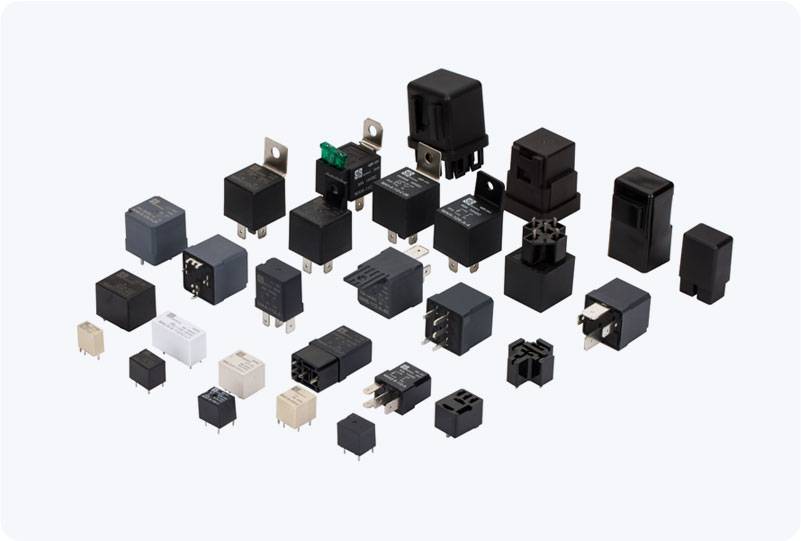In the world of electrical engineering, safety is paramount, especially when dealing with high-voltage systems where the potential for accidents is high. One of the major hazards in electrical systems is the occurrence of arcs. An arc, which is a visible plasma discharge between two conductors, can cause severe damage to equipment, fire hazards, and even injuries. To mitigate these risks, technologies like the Arc Suppression Relay (ASR) have been developed. This device plays a crucial role in ensuring that electrical systems remain safe and operational, particularly in scenarios where electrical arcs are likely to form.

What is an Arc Suppression Relay? An Arc Suppression Relay is an electrical protective device designed to detect and suppress the formation of electric arcs during the switching operations of electrical circuits. It is commonly used in high-voltage systems and electrical appliances where arcs can cause significant damage to both the equipment and the surrounding environment. The primary function of an ASR is to control the interruption of current in a manner that reduces or eliminates the potential for arc formation, thereby enhancing system reliability and safety. How Does It Work? Arc Suppression Relays operate by continuously monitoring the current and voltage levels in the circuit. When a circuit is being switched on or off, electrical contacts might separate, which can cause a brief spark or arc. The ASR detects this event and reacts by initiating the necessary protective actions, such as quickly isolating the affected portion of the system. In simpler terms, the relay prevents the arc from sustaining itself by cutting off the current flow or by using various suppression techniques to quench the arc.